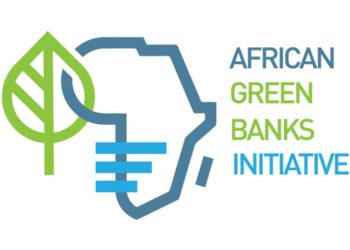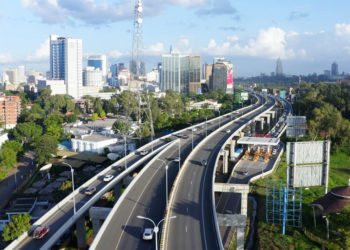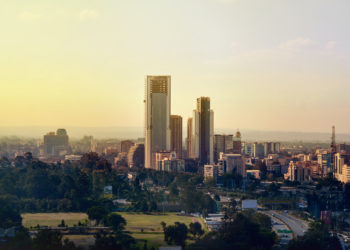Kenyans should brace for extra costs to fund road repairs as the Kenya Roads Board plans to lobby for an increase in the Road Maintenance Levy Fund (RMLF) rate by KES 5, according to its new strategic plan.
The state corporation oversighted by the Ministry of Roads released a strategy for the next five years to raise funds for maintenance, rehabilitation and development of the country’s vast road network. A key plank is to push for hiking the RMLF rate paid by motorists on fuel purchases.
To enhance the RMLF, the Board outlines several strategies including safeguarding the levy, sourcing additional funds through borrowing, and exploring alternative funding options like road user licenses. The levy currently stands at KES 18.
“The collections of Road Maintenance Levy Fund are expected to decline in future with the introduction of electric vehicles and soaring global oil prices. The Board is conducting a study on economic impact of electric mobility on sustainability of the Road Maintenance Levy Fund,” the plan reads in part.
Over the 5-year period, the Board requires KES 10.2 billion to implement its plan but only has KES 9.6 billion available currently, leaving a KES 0.6 billion gap that will need to be addressed.
The agency currently targets KES 86.56 billion this year from the levy but says more is needed to fix the country’s roads. The fund goes toward maintenance by the Kenya Rural Roads Authority, Kenya Wildlife Service, Kenya National Highways Authority and Kenya Urban Roads Authority.
To oversee the road network, the Board plans to facilitate planning and programming for maintenance through approval of the Annual Public Roads Programme. It will also undertake audits of road works.
The plan outlines strategies to strengthen institutional capacity including business process re-engineering and enhancing information systems. Attracting skilled staff is a priority but only 100 out of 222 required employees are currently in place.
So far, just 4 out of 9 planned regional offices have been opened. The rest are to be operationalized during the 5-year strategic plan implementation.
But ordinary Kenyans are wary of paying more at the pump with some urging the government to first cut waste at the roads agencies before increasing the levy.
In its 93-page strategic plan, the roads board acknowledges the funding gap but says revenue growth is expected in the short-term. It plans to explore other sources like the capital markets and road user licensing fees.
The goal is to raise KES 468 billion in total over the next five years and rehabilitate Kenya’s 220,000 kilometers of paved and unpaved roads. But only 3,825 kilometers are managed directly by the Kenya Urban Roads Authority in cities and municipalities.
With the plan now public, the board said it will start lobbying the Ministry of Roads and Transport to secure support for its proposals.
Email your news TIPS to editor@thesharpdaily.com

















